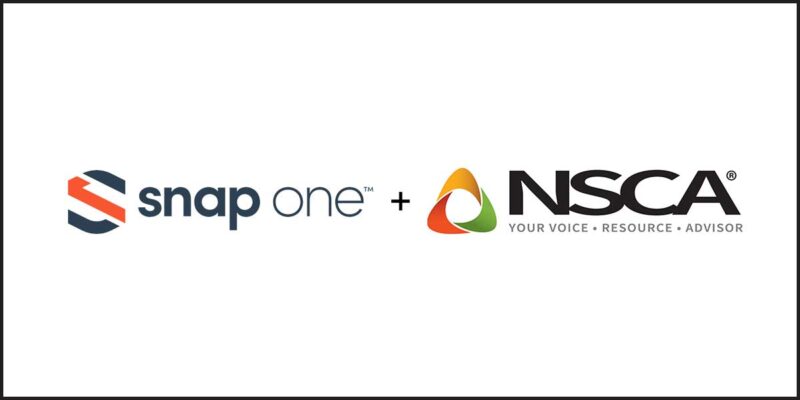NSCA Primer
Making Sense of Changes to CSI MasterFormat
It’s been said time and time again, and by now there can be no doubt that we are living in an age of abundant information. But the power of living in such an age does not reside in the mere accumulation of facts, it depends substantially on how those facts are presented and accessed by those seeking answers. Without a system of organization, all the knowledge in the world would remain nothing more than a tangled mass of facts.
This is a circumstance keenly felt today in the construction industry, where techniques and materials are evolving in an apparent echo of the massive leaps in memory capacity experienced in the digital realm. And just as the information superhighway wasn’t easily navigable until search engines organized the unruly contents of the World Wide Web, the practices of the many different building trades are now benefiting from a new construction information organization scheme: the revised Construction Specification Institute’s MasterFormat 2004.
This new method for organizing project manuals, reference key notes on drawings and detailed cost estimating is likely to have an impact on your business in the near future. Already, MasterFormat 2004 is receiving support from the American Institute of Architects (AIA), and all the major specification providers in the U.S. and Canada have switched to this new construction information organization method. General Contracting firms are also investigating the possibilities of MasterFormat 2004 as cost estimating software adopts the new scheme. The U.S. Federal Government (notably including the Department of Defense and the Army Corps of Engineers) has already made the switch, and the General Services Administration (GSA) requires the use of MasterFormat 2004 on all projects. Next, K-12 and higher education facilities are preparing to adopt the new spec, as more state governments are moving to the system.
What this means for electronic systems designers and installers is that awareness of the new divisions within MasterFormat 2004 will be necessary when preparing bids or submitting documentation to architects and engineers. A great variety of projects, from large-scale new construction to room additions, will benefit from the enhanced communication among trades enabled by use of the new MasterFormat. “MasterFormat was designed with flexibility and expandibility in mind,” said Dennis Hall, FAIA, FCSI, founder and principal of Hall Architects in Charlotte, NC, at a session he led at the NSCA Fall Business Conference October 26-28 in Myrtle Beach, SC. Hall serves as the vice president of CSI, and was chairman of the MasterFormat Expansion Task Team for the course of the revisions process, and his “Become Compliant, Not Complacent with CSI MasterFormat ’04” session provided details on how the new specification system works to more accurately identify the portions of the project reserved for low-voltage technology.
A major goal for the MasterFormat revisions was to reorganize the specification so that it not only detailed the building process, but also maintenance for the entire life cycle of a facility. As low-voltage technologies become even more critical to the operation of a building, the information affiliated with upkeep and operation of these systems now has its own place within MasterFormat 2004, specifically in the Facility Services subgroup in Divisions 25 (Integrated Automation), 27 (Communications) and 28 (Electronic Safety and Security).
Now that there is a more detailed approach to specifying the various low-voltage systems that go into construction projects, the next step is taking advantage of the new MasterFormat structure to clarify just how vital technology is to a building for the long-term. “How this affects contractors and consultants is, when we think about buildings, we need to be thinking about it from the larger picture of not just getting in, doing our job and and getting out, but how we do our jobs and how that affects the owners for the life of the building,” Hall said.
The new MasterFormat will have a life of its own, as well. While materials, techniques and technology evolve, so too will the revision, which will be updated annually in its new digital format. Right now CSI has a Task Team, chaired by the new MasterFormat chairman Michael King, working to respond to inquiries and suggestions about the specification.
For more information on MasterFormat 04, visit here or here. For details on NSCA’s MasterFormat education program, visit here.





